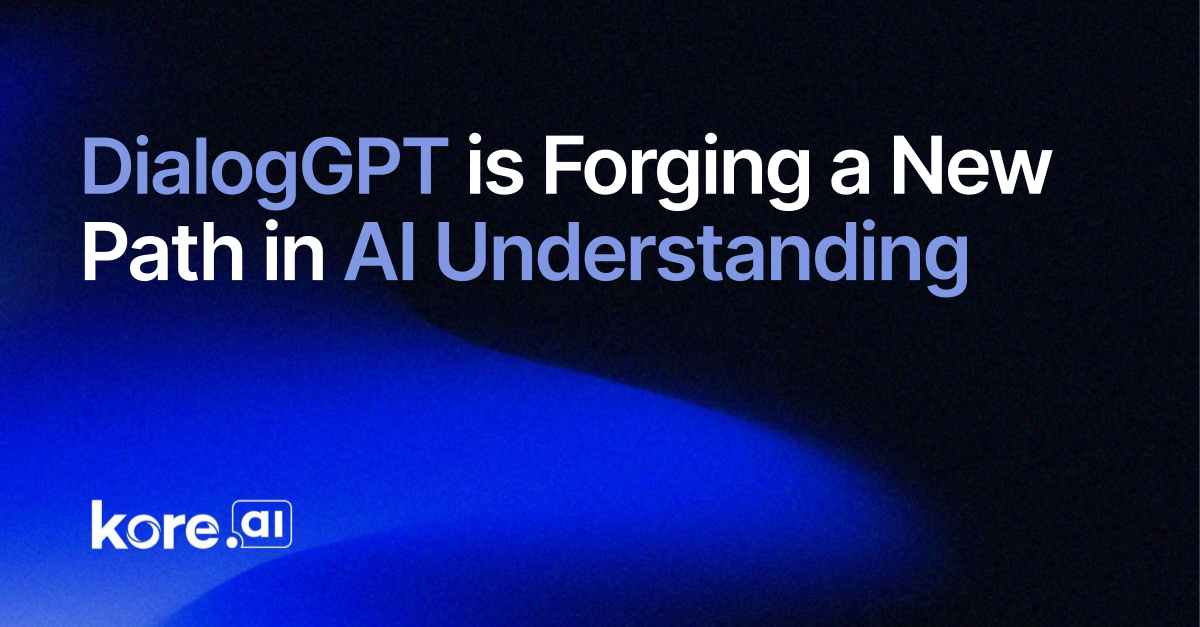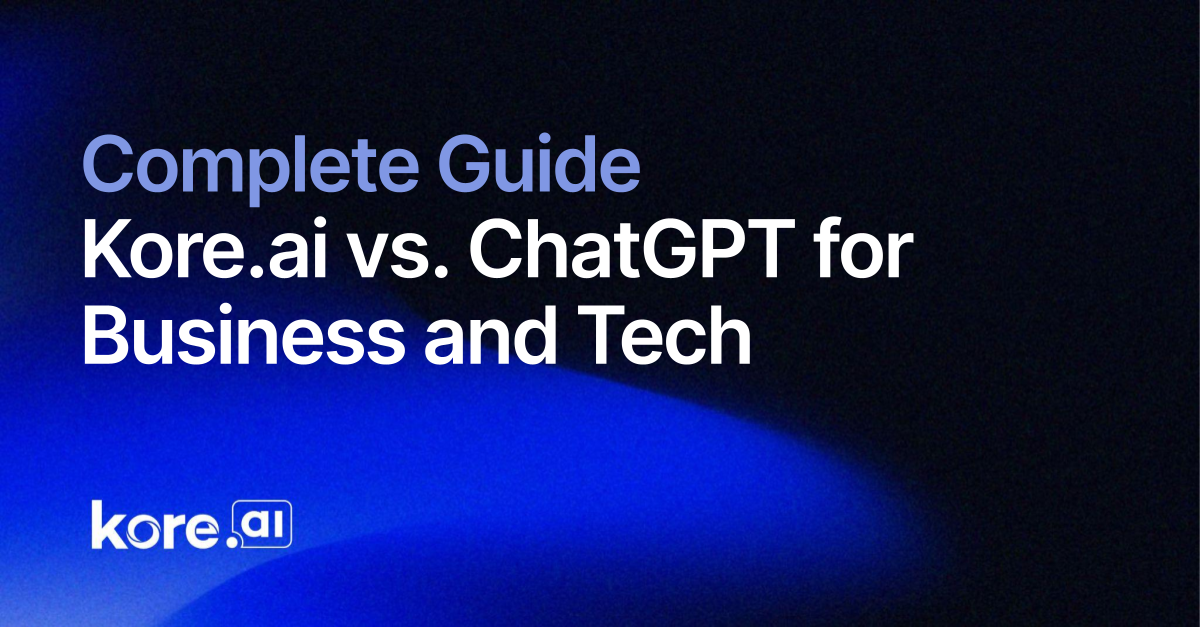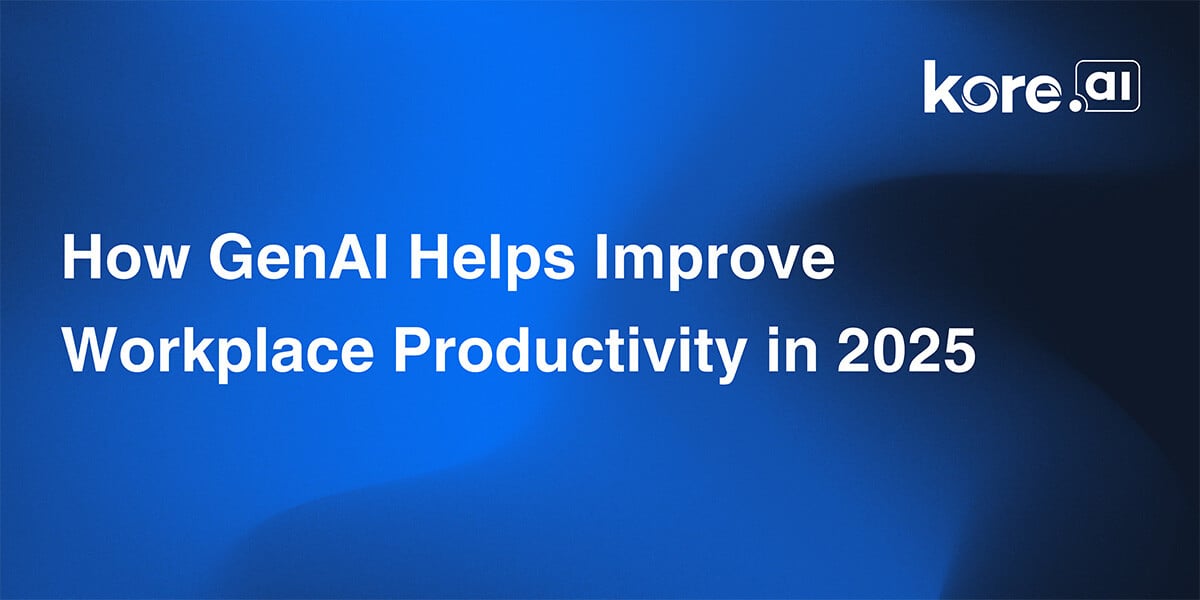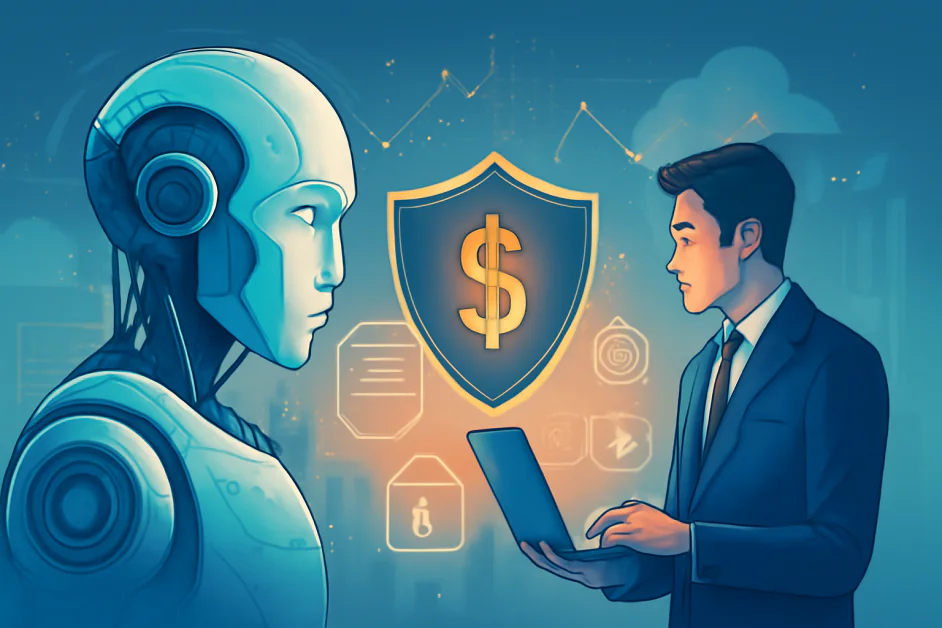Is AI Fatal to the Talent Pool?
Most companies are adopting AI as fast as they can find uses for it. They are writing emails and other business documents quickly, conducting efficient market research and finding other ways to boost productivity. Sadly, some are using it to reduce or replace junior positions, operating under the assumption that current employees will fill the […] The post Is AI Fatal to the Talent Pool? appeared first on Unite.AI.


Most companies are adopting AI as fast as they can find uses for it. They are writing emails and other business documents quickly, conducting efficient market research and finding other ways to boost productivity. Sadly, some are using it to reduce or replace junior positions, operating under the assumption that current employees will fill the productivity gap with AI — and that’s a mistake.
AI can be used as an amazing productivity tool across all levels of a business. Giving all employees access to this powerhouse technology can have significant benefits, but it’s not a replacement for employees. It might be tempting to replace junior staff with AI, and that might help in the short-term, but it can have dire long-term consequences. Without junior staff who train, learn and move up, we could be severely depleting our talent pool.
Experience over technology
As a real-world illustration, let me tell you about one of my company’s current vice presidents, in our sales organization. He possesses a powerful combination of technical expertise and eloquence. He understands how to interact with prospects at any stage of the buyer’s journey. He can expertly communicate about a niche technical subject. And he didn’t gain these skills by asking an AI chatbot.
After graduating from college, he became a business development representative (BDR) at a tech company. This is an entry-level position that involves setting up meetings for account executives and building a sales pipeline.
This is one of the jobs that has been impacted by AI. 6sense’s State of the BDR 2025 Research Report revealed that 70% of BDRs who are using AI at work believe this makes them more productive. BDRs need to do a lot of groundwork, such as cold outreach, researching accounts, following up on inbound leads, qualifying new prospects and interacting with prospects who attend events. Many of these tasks can be automated.
After 11 months as BDR, this vice president was promoted to account executive and then moved up to a director-level role. He’s now a vice president in charge of the commercial and enterprise sales team. His experience on the front lines from his first, entry-level job has shaped his current role. He knows firsthand what it takes to succeed in these junior sales positions and how to interact with prospects and build a pipeline. He’s also been an account executive, so he understands how to build customer relationships regardless of a business’s size. The concept of on-the-job learning applies to anyone holding a senior position; getting to the upper rungs of the ladder requires first getting your hands dirty in the details of the role, failing and succeeding.
Employees in any position and at any level can increase their productivity by using AI. Organizations should find ways to enable their workers to be more productive, but if they use it to replace junior positions with AI, they are forfeiting their future talent pool in exchange for short-term financial gains.
To further illustrate this point, let’s look at a real example based on a rather boring but necessary topic: spreadsheets.
Technology enhanced by experience
For most companies today, achieving their goals requires making the most of their resources, and the most valuable of those is time.
I recently asked our head of people and culture to create an organization map that outlines how employees at different levels of each organization should allocate their time. This includes clarity about how employees at different levels of our organizational hierarchy should spend their time — e.g., how much time individual contributors, managers, directors and VPs should spend on tactical projects versus strategic projects.
Rather than creating this spreadsheet from scratch, we used AI. I gave ChatGPT a three-sentence prompt, and it created a table that was 80% perfect. Then the magic happened: our expert drew on her deep HR expertise to make it 100% perfect. Her story is the same as the aforementioned sales leader — having worked in HR for well over a decade, she had the skills to adapt ChatGPT’s general framework to my company’s specific context and make the table instantly usable. The next day, I used this table to answer an employee’s question about what he needed to do to get a promotion.
Before the advent of generative AI, creating this kind of table would have taken days, with multiple iterations and deprioritizing other projects. With AI, it took minutes. AI created a table that was 80% usable, but it was our experienced head of people and culture’s real-world expertise that took it the final 20% of the way. That seems like a minority position, but that final 20% is what took the project from good to great.
AI to enhance, not replace, employees
The skills and knowledge needed to take that table to the finish line are gained through experience and working one’s way up through the ranks. Junior roles give you critical problem-solving skills — as well as the chance to make mistakes that shape your vision and pursuit of success.
If companies replace junior positions with AI, how will people ever become experts? What will happen when the current crop of leaders takes jobs with other companies, become consultants or retire? Who’s next up with all your institutional knowledge and culture? You need a pipeline of talent waiting in the wings when the inevitable happens.
AI is now available for workers at all levels to benefit from – but there will never be a substitute for experience-based learning. Instead of wondering how AI can reduce staff numbers, business leaders should think about how to use AI to more quickly develop their talent pool. It’s not humans vs. AI — it’s humans plus AI.
The post Is AI Fatal to the Talent Pool? appeared first on Unite.AI.

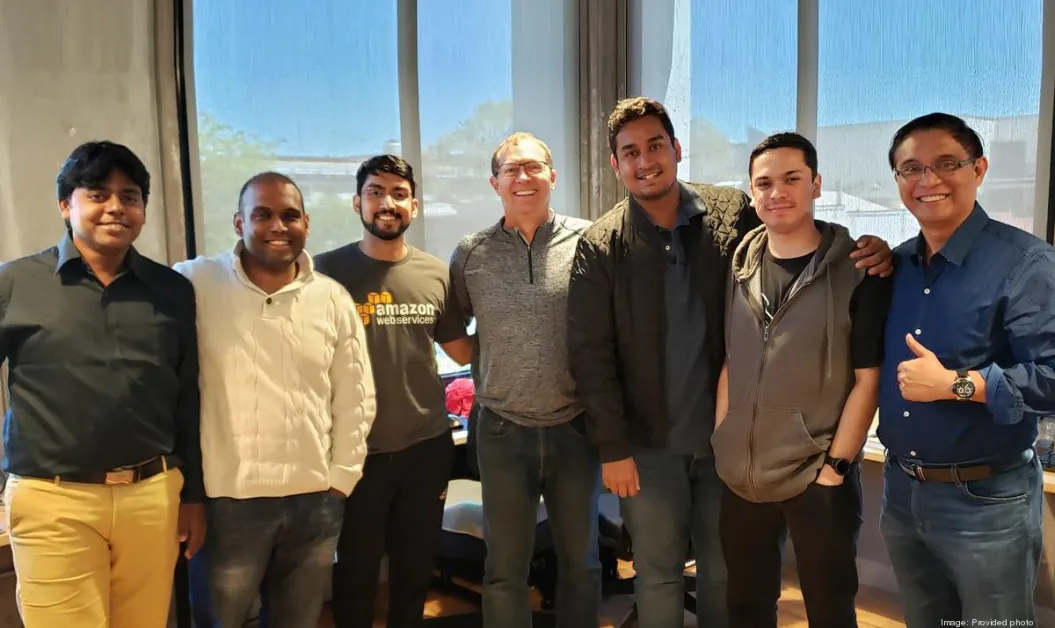
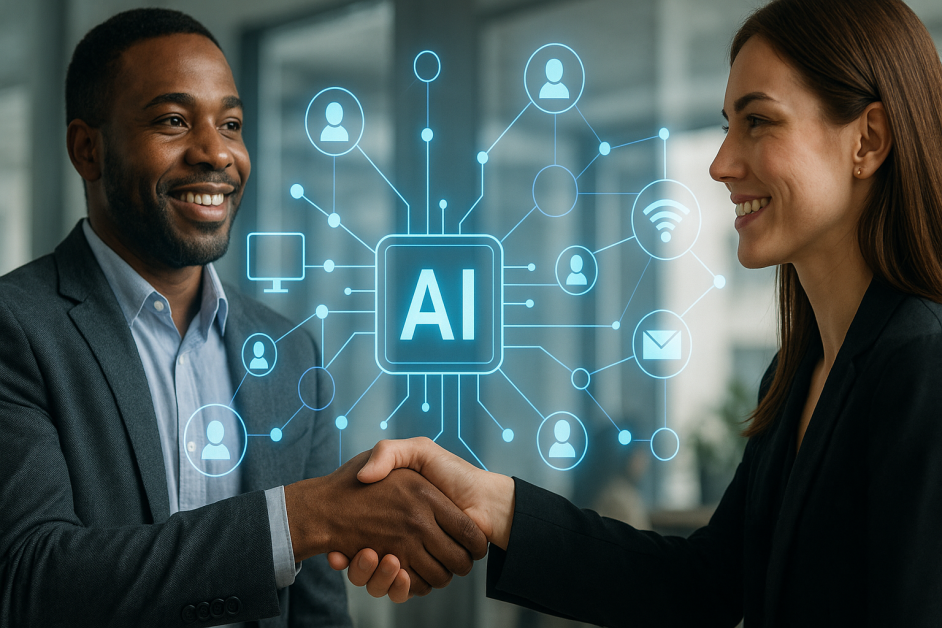
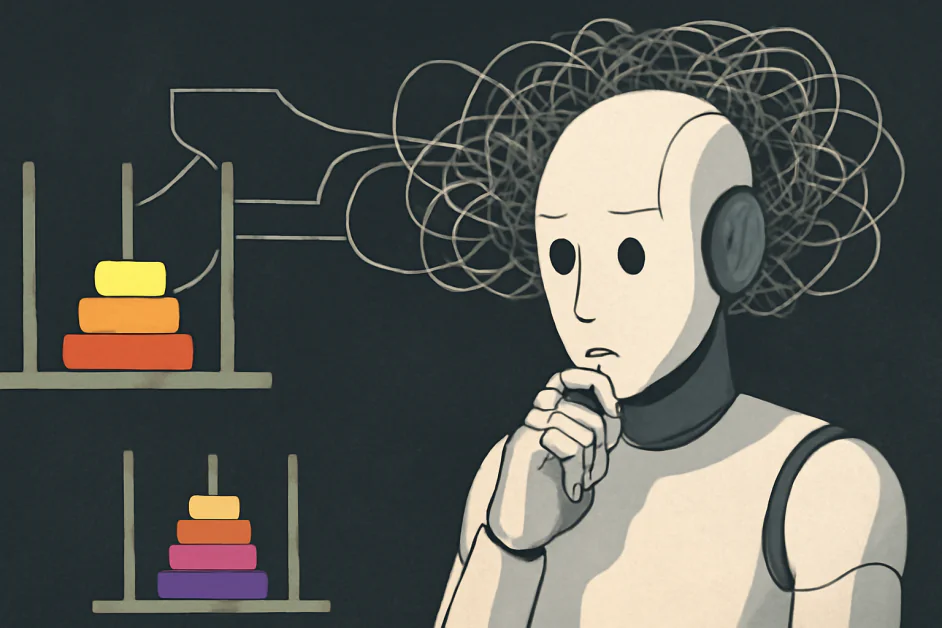











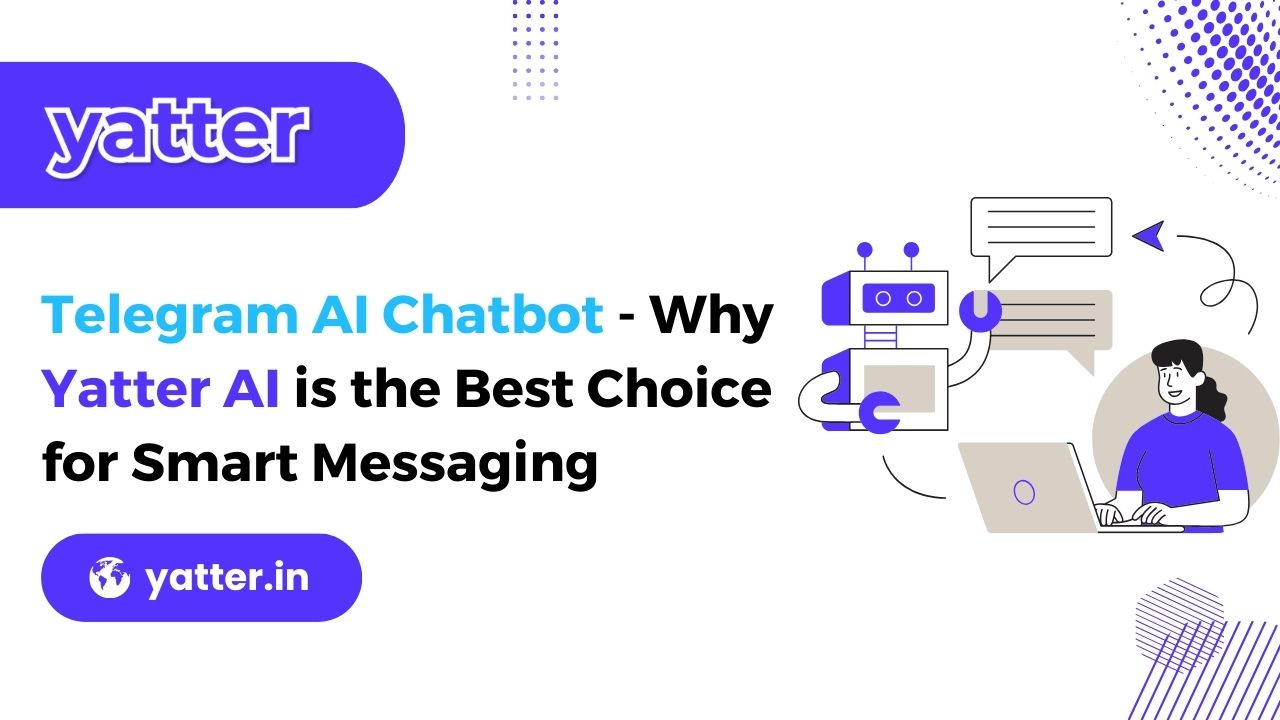














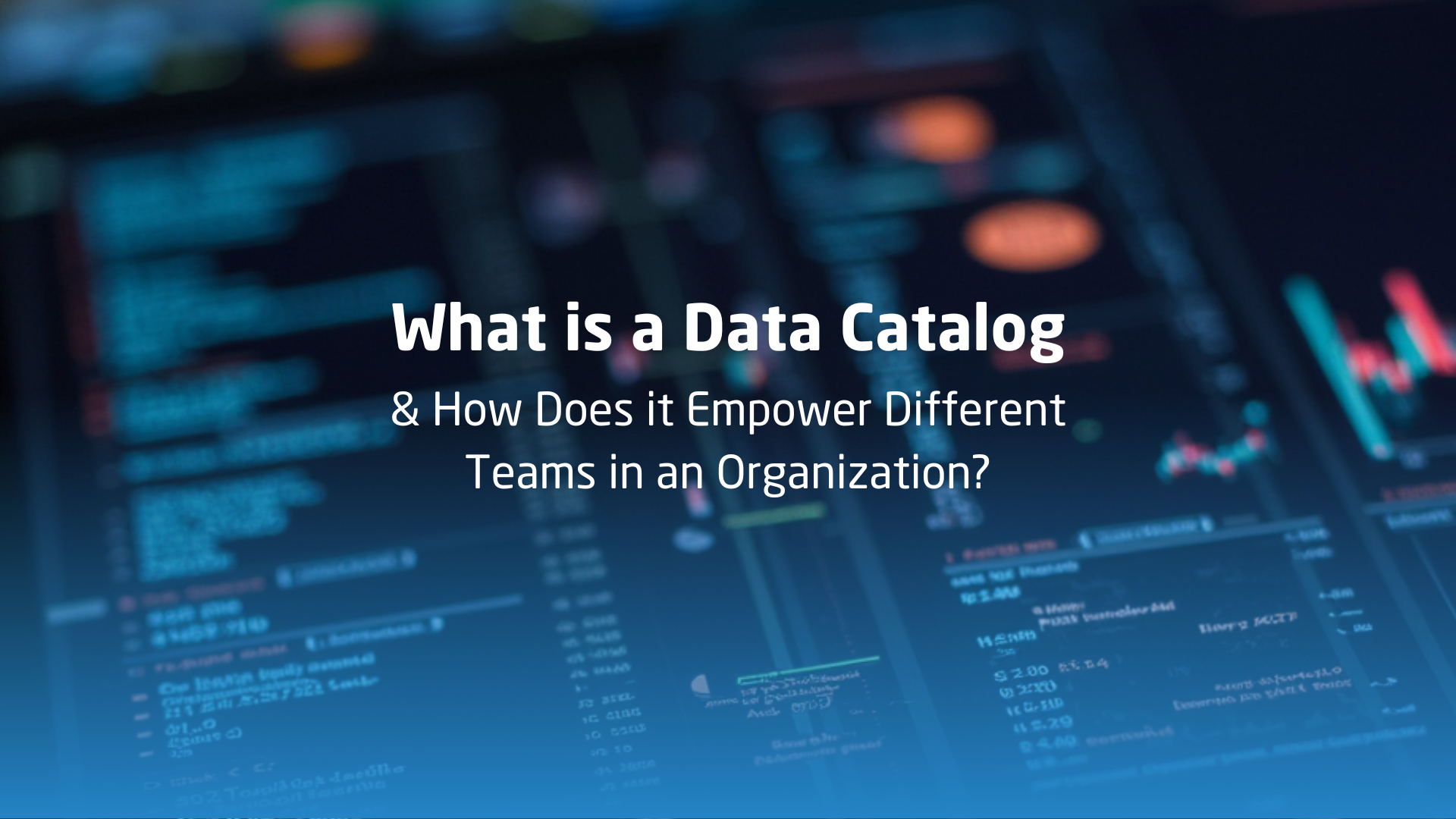





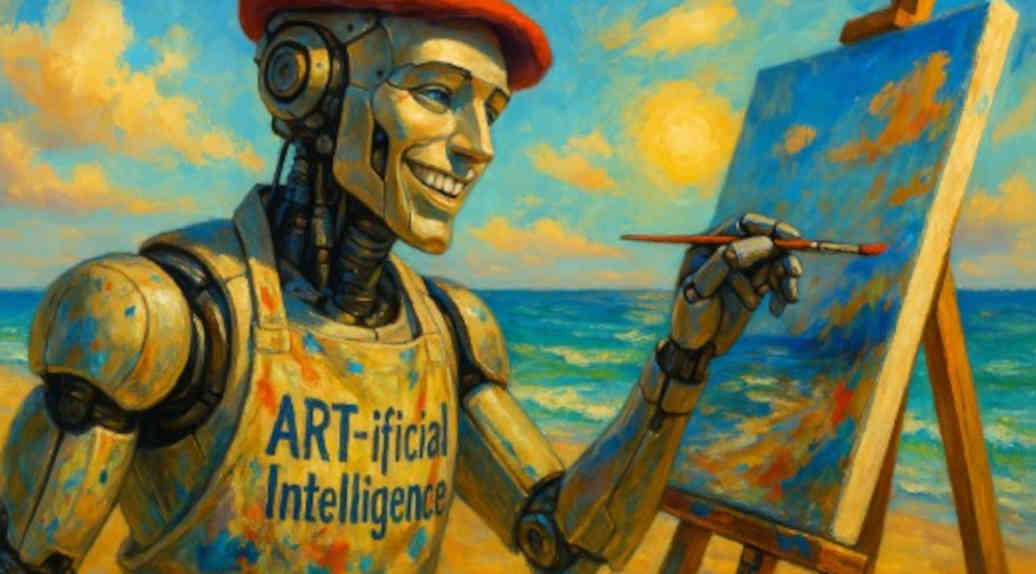


![[The AI Show Episode 152]: ChatGPT Connectors, AI-Human Relationships, New AI Job Data, OpenAI Court-Ordered to Keep ChatGPT Logs & WPP’s Large Marketing Model](https://www.marketingaiinstitute.com/hubfs/ep%20152%20cover.png)


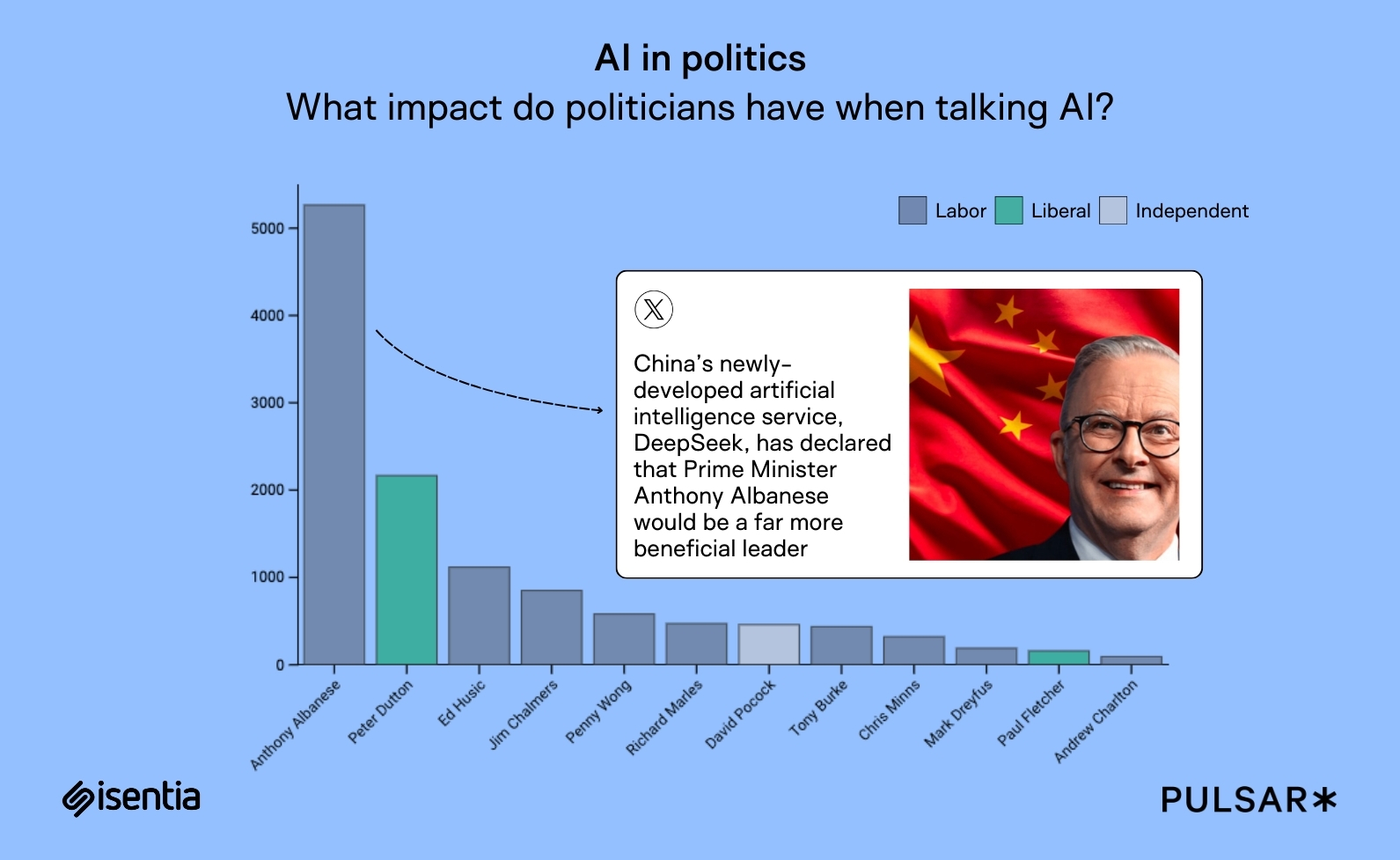
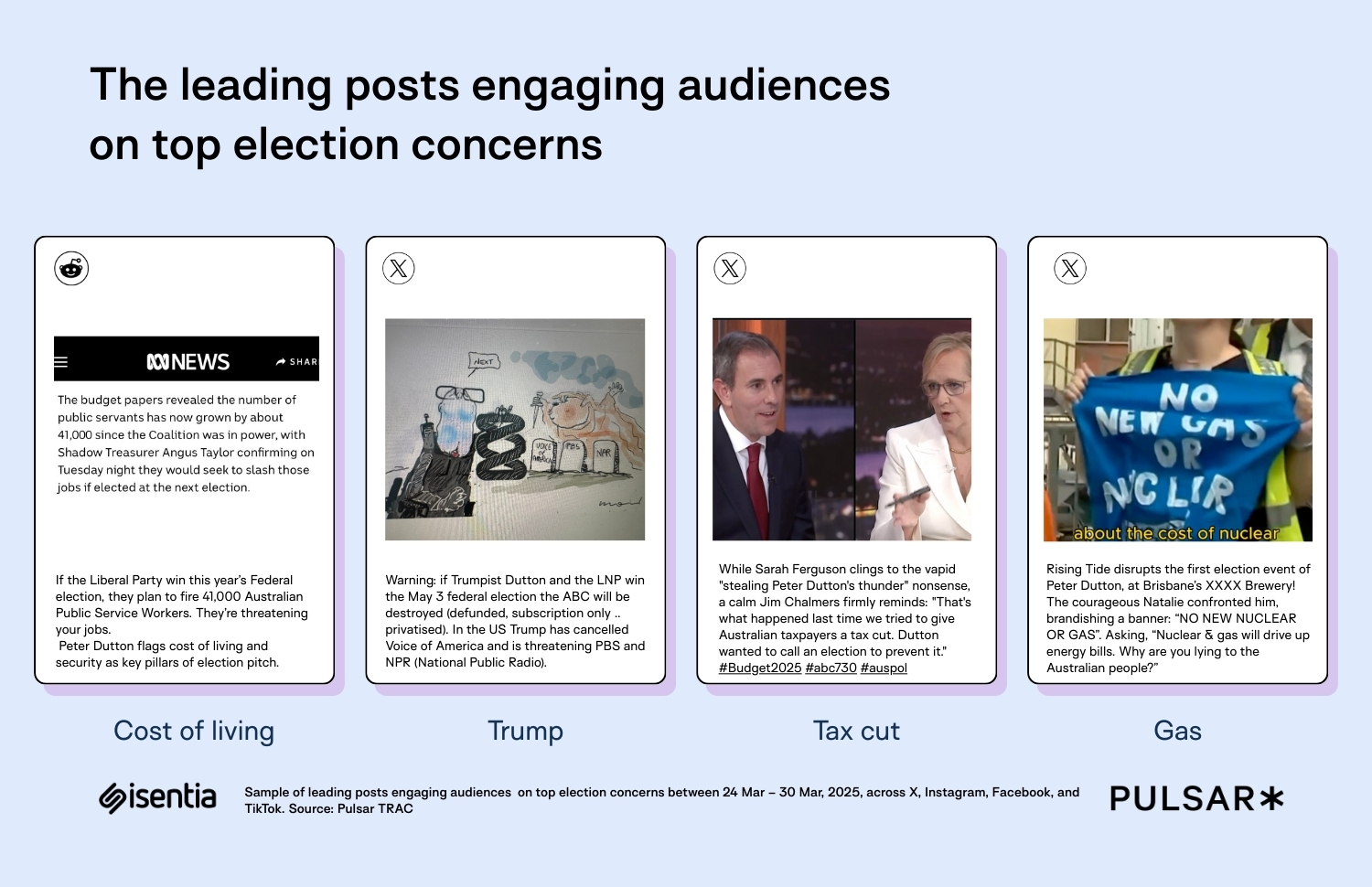
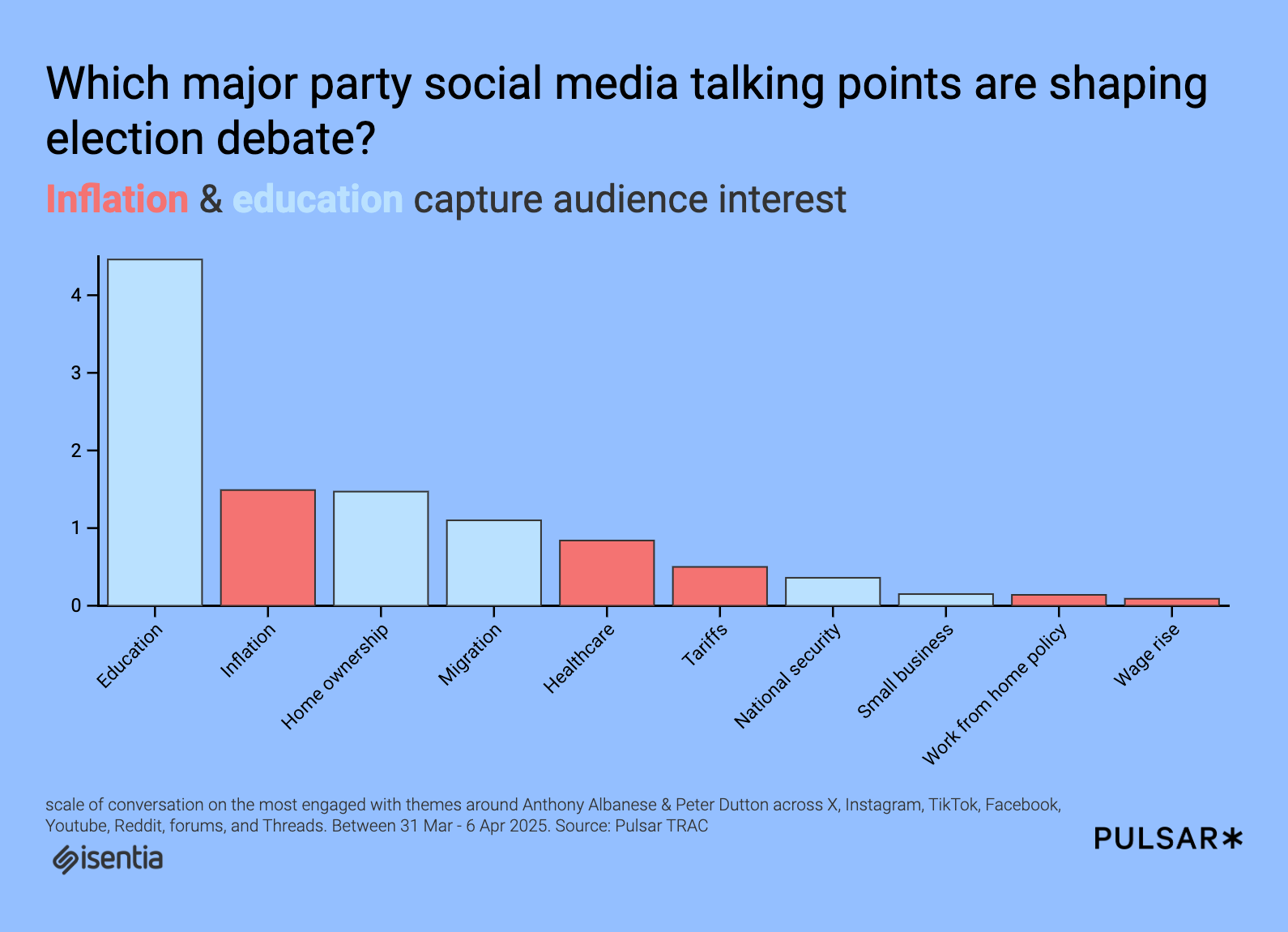



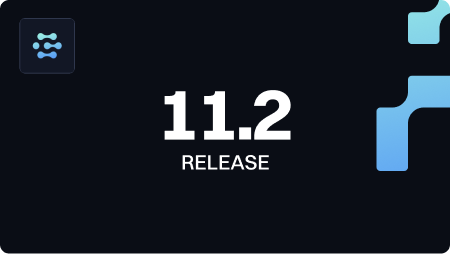
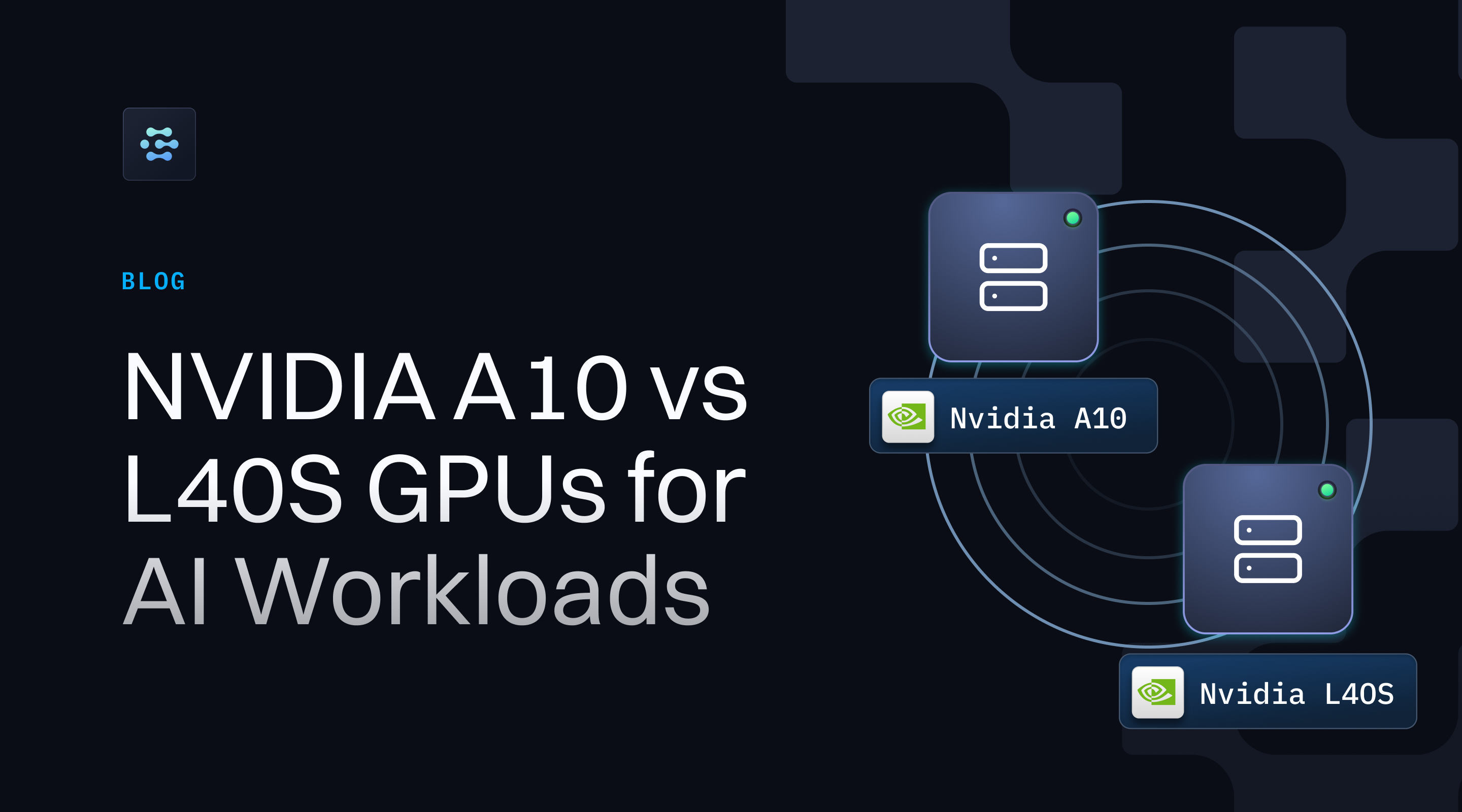








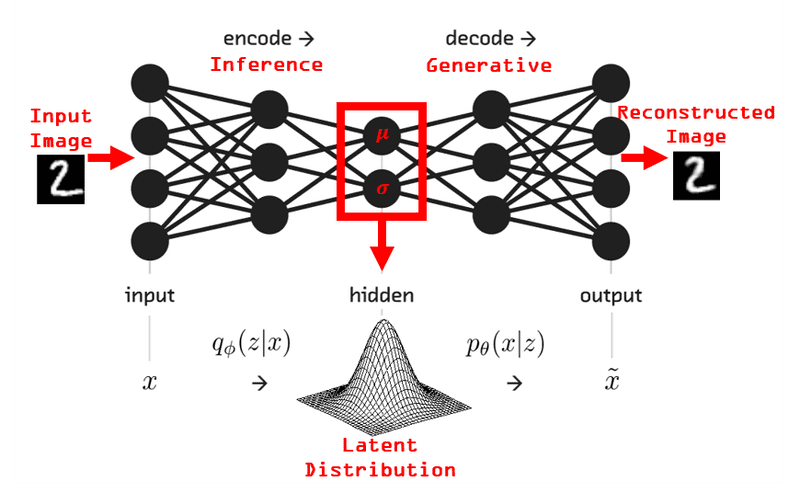











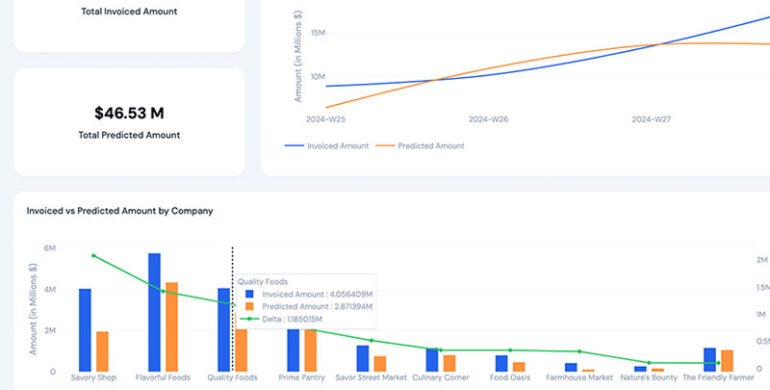


























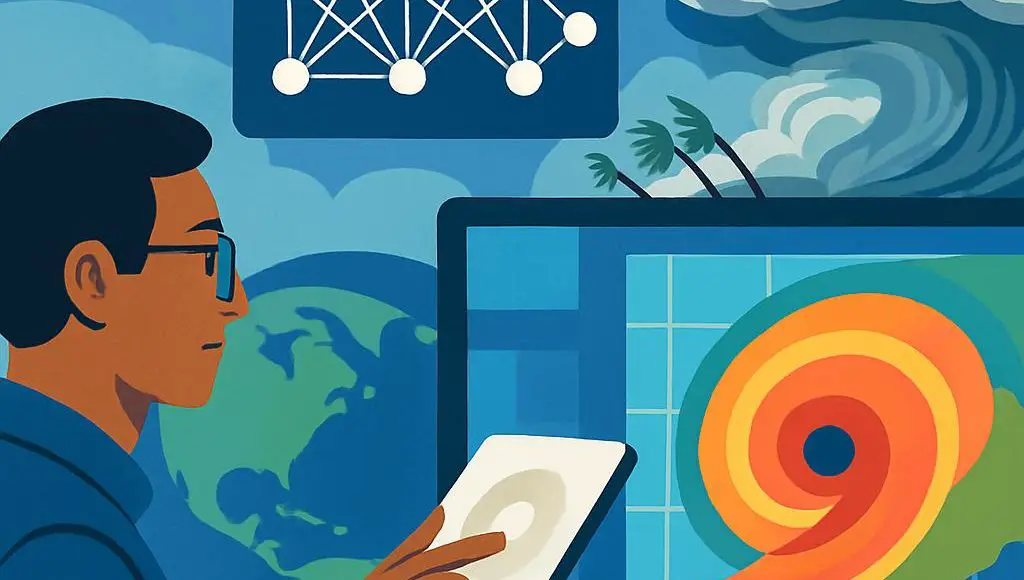
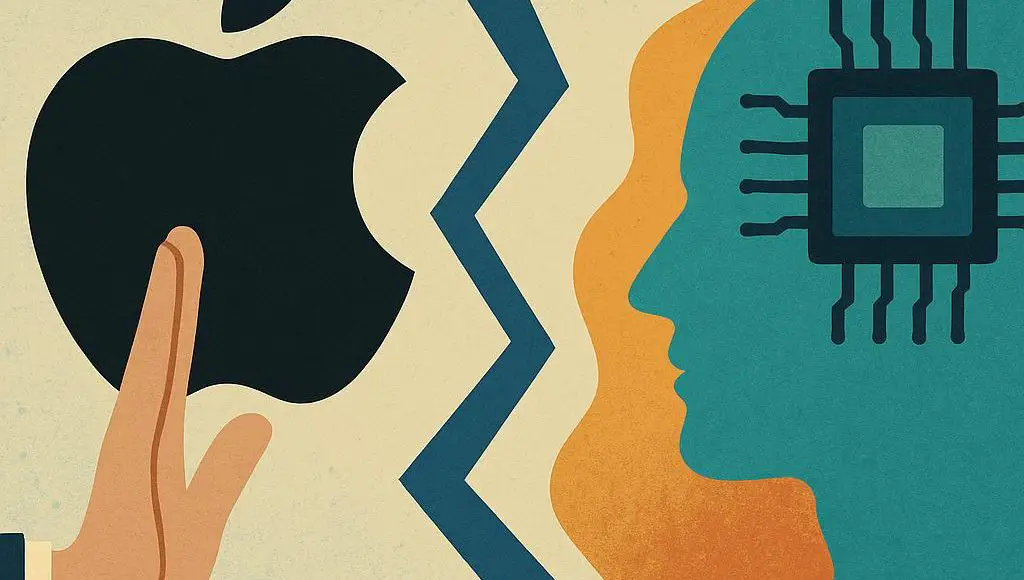
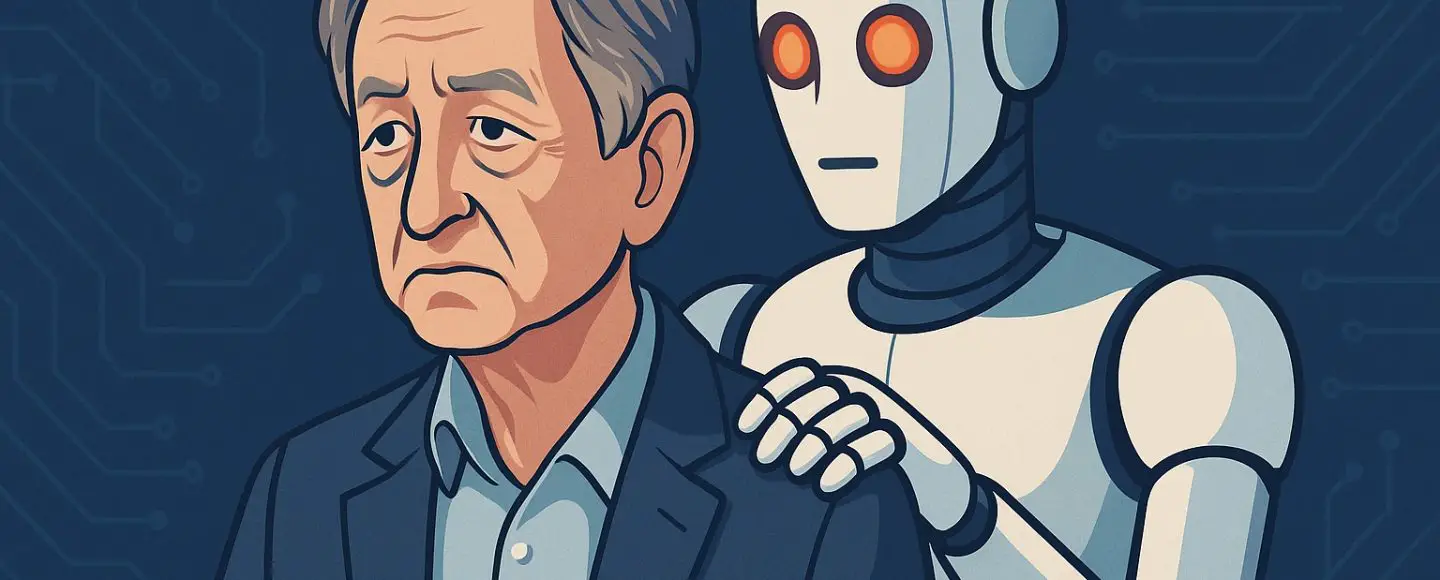
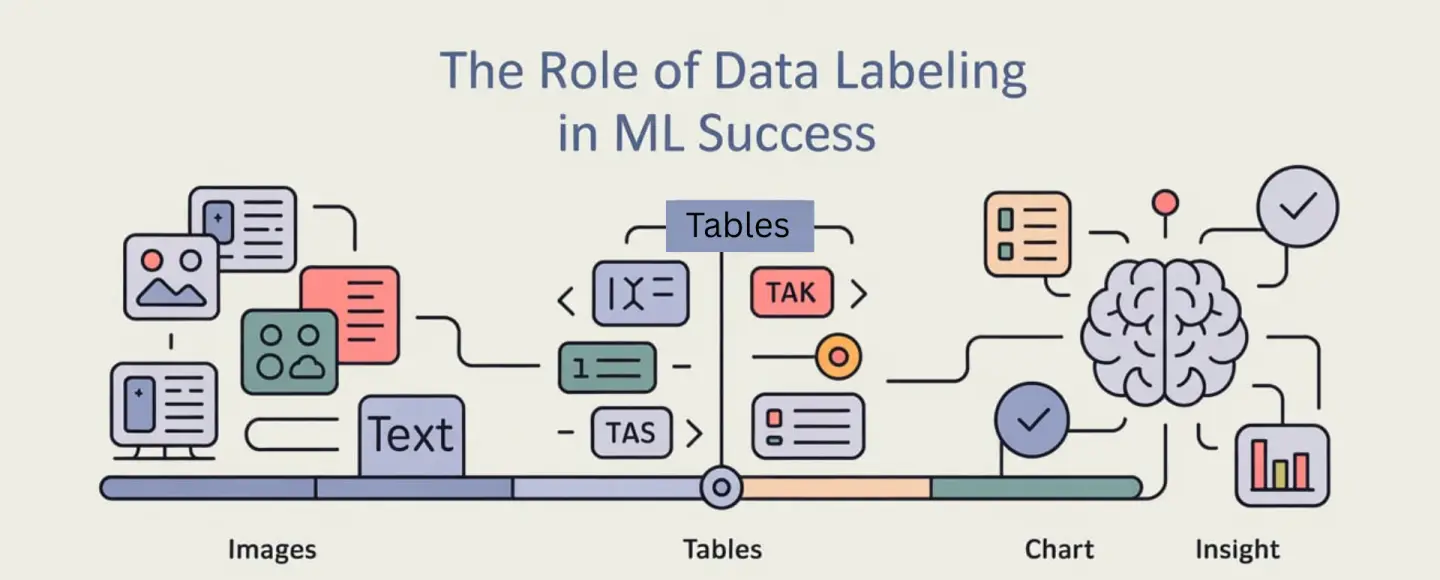

























































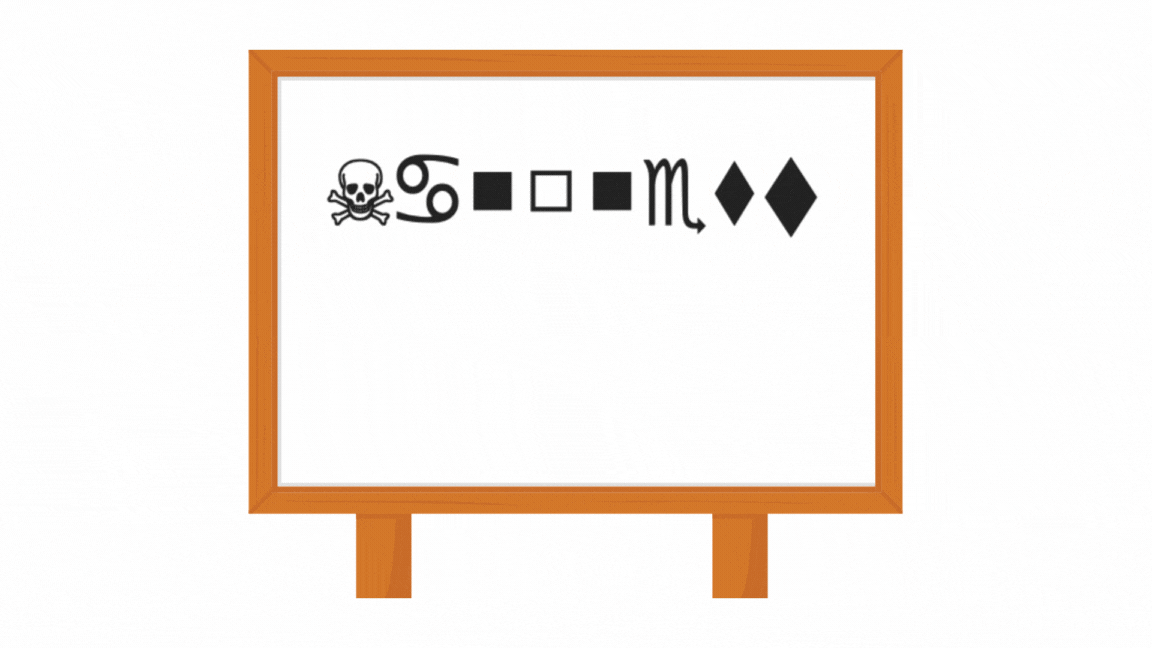

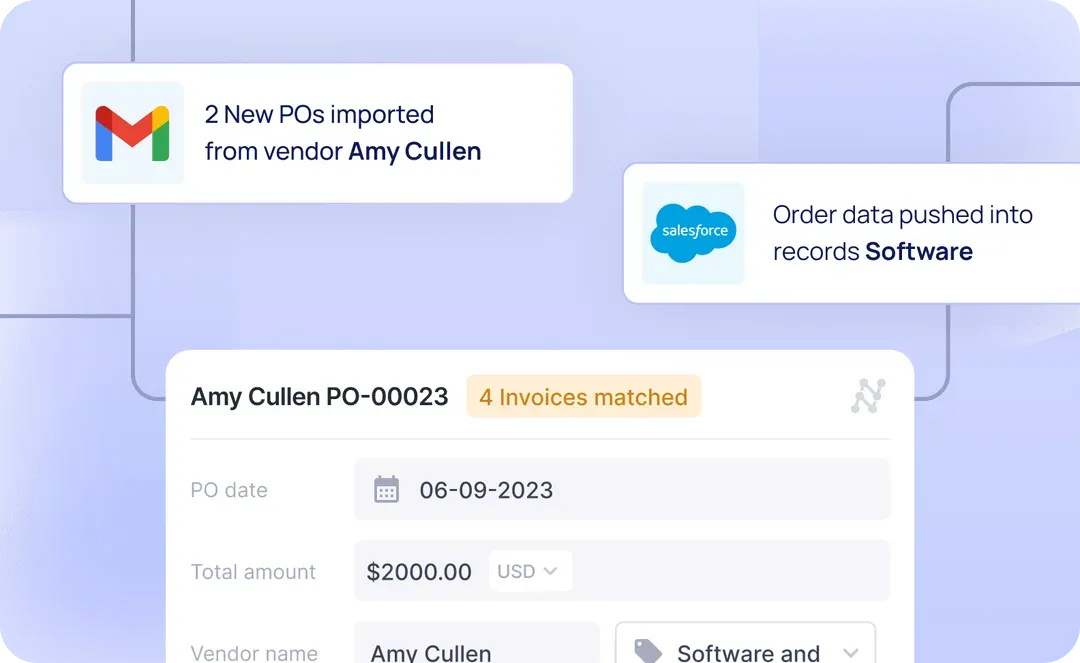







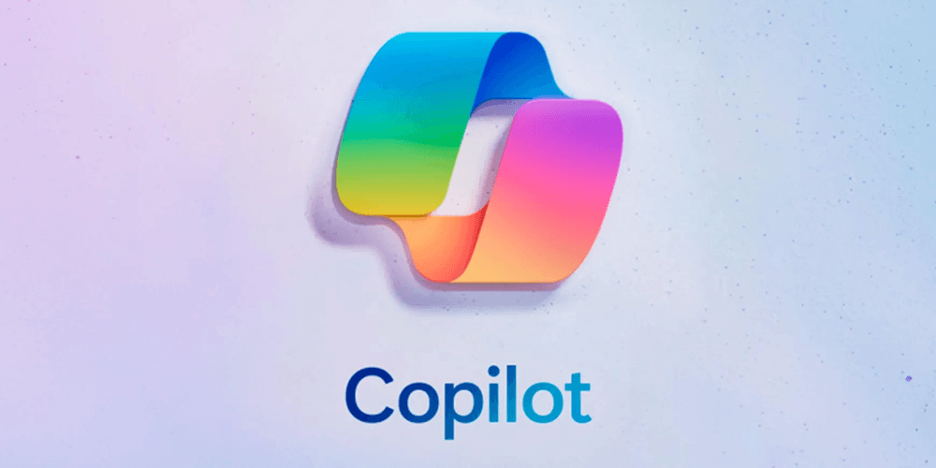





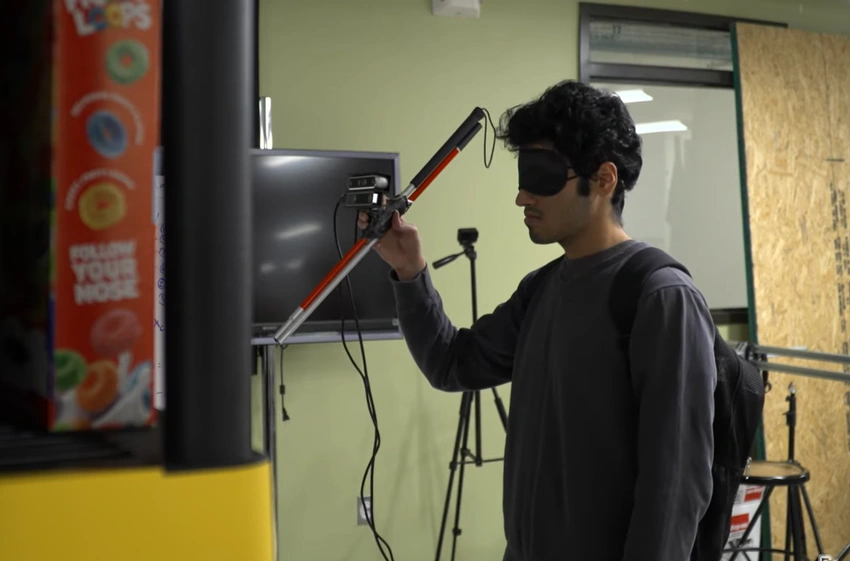


















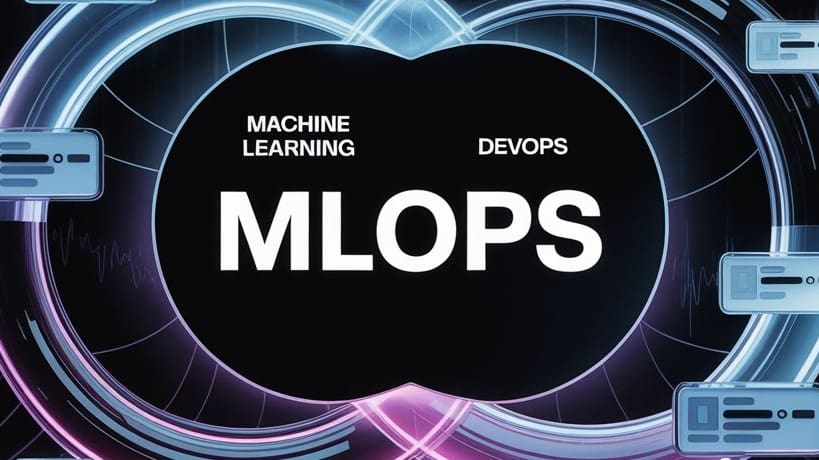








![Top Features of Vision-Based Workplace Safety Tools [2025]](https://static.wixstatic.com/media/379e66_7e75a4bcefe14e4fbc100abdff83bed3~mv2.jpg/v1/fit/w_1000,h_884,al_c,q_80/file.png?#)

